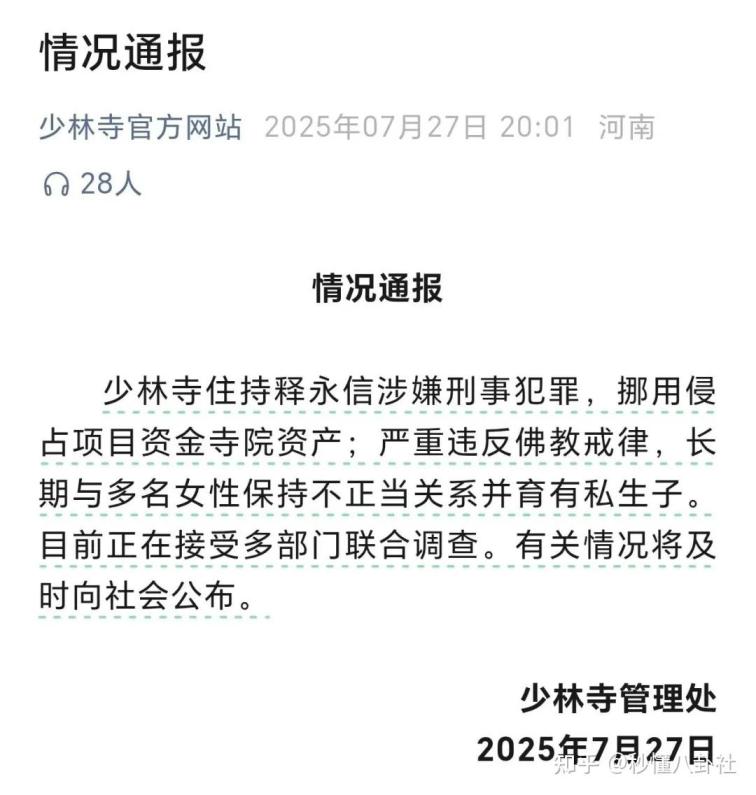Dark clouds hang over Tiananmen Square in Beijing. (Lintao Zhang/Getty Images)
[People News] Recently, regions in eastern, northern, and northeastern China have experienced continuous heavy rainfall, leading to severe flooding. In just a few days, Beijing received its average annual rainfall. These extreme and sustained downpours have caused widespread disasters. So far, at least 40 people have died, not including those still missing. Yet, China’s top state-run media outlets—Xinhua News and People’s Daily Online—have continued to publish headlines depicting a prosperous and peaceful country, showing no concern for citizens facing catastrophe, and offering no space for mourning the dead.
Northern China has been hit particularly hard, with Beijing, Hebei, Shandong, and Inner Mongolia suffering the brunt of the storms. At least 40 people have died, including 30 in Beijing alone.
According to state broadcaster CCTV, citing local officials in Chengde, Hebei Province, a landslide in Nantai Valley, Mayingzi Manchu Township, Luanping County, caused by heavy rainfall, killed 8 people, with 4 still missing as of July 28. In Baoding’s Fuping County, 2 were confirmed dead and 2 were missing by the night of July 26. In Tianjin, local media reported a once-in-50-year flash flood in Jizhou District, prompting the evacuation of 10,000 people. In Hohhot, Inner Mongolia, a food delivery worker died from electrocution in floodwaters.
Beijing's official toll stands at 30 deaths, with 28 in Miyun District and 2 in Yanqing District. Reporters from United Daily News visited Fengbo Bridge in Shunyi, downstream of the Miyun Reservoir, where crowds watched the surging floodwaters. A sign below the bridge read, “Flood Discharge Zone, Do Not Enter.” Locals expressed scepticism about the official numbers, particularly as authorities failed to mention the missing.
Radio France Internationale (RFI) reported on July 29 that residents of Miyun District were beginning to clean up. “There was no time to prepare—the courtyard wall collapsed, and water rushed in all at once,” one said. “People have to stay strong. Even if you want to cry, there’s nothing you can do.”
A local shop owner, Mr. Yang, said his breakfast restaurant was destroyed. His wife, with resignation, added, “We just sat there... even if you wanted to cry, there was nothing to be done. You had to comfort yourself. At least we’re alive.”
Several residents in Beizhuang Town, Miyun District, said they had received no flood warnings before the water arrived in the early hours of Monday. By the time they woke, it was already knee-deep.
A woman surnamed Yu said the rain had started on Saturday night, yet she, too, received no alert.
Another resident, surnamed Chen, reported no power or running water for two days, relying on well water and what little she had stored. She had not received any bottled water or food aid from the government.
On Chinese social media, state media posts flooded the feed, detailing official rescue efforts and leaders’ concerned visits. Yet posts from victims seeking help, discussing the flooding, death tolls, or the Miyun Reservoir’s flood discharge, were deleted, or accounts were banned.
On one side, Chinese citizens face catastrophic flooding, suffering and dying with nowhere to turn. On the other hand, Xinhua and People’s Daily Online on July 30 featured stories painting a rosy picture, completely disconnected from the disaster.
Just look at People's Daily Online’s top headlines:
-
Highlights from the World Artificial Intelligence Conference: Impressive Robot Showcase
-
Under Mount Liupan: "Four Good Rural Roads" Bring Better Lives
-
Zhejiang: Fishing Boats Take Shelter from Typhoon
-
Ancient Xiong’an City Ruins Exhibit Opens in Beijing
-
Magnificent Grand Canyon in Wusu, Xinjiang
-
Volunteer Assembly for the Chengdu World Games Held
-
New "Granary" Grows from Saline-Alkali Soil
There are only two news articles on the People’s Daily homepage related to the rainstorm disaster.
-
“Implementing Flood Control Measures in Detail to Minimise Casualties”
-
“Zhang Guoqing Visits Disaster Victims in Beijing and Guides Relief Work”
Both articles were full of quotes from Xi Jinping, such as “General Secretary Xi Jinping gave important instructions” and “General Secretary Xi Jinping requested...”, yet made no mention of actual suffering, missing persons, or the dead.
Xinhua News was no different. Its top headlines on July 30:
-
“Unity Leads to Shared Victory—China’s High-Level Opening Up Injects Warmth into the Global Economy”
-
“Remembering History, Honouring Heroes: The Beautiful Transformation of the Old New Fourth Army Base in Jiangsu and Zhejiang”
-
Poster: Think Tank Report to be Released—‘Maintaining Cultural Subjectivity Amid Global Cultural Turbulence’
-
Infographic: Where Do Retired EV Batteries Go?
-
Smart Grain Storage Aids Summer Harvest
-
From Rice Wine to Cold Brews: Ancient Craft Gains New Life in Milk Tea
-
2025 Entrepreneur Sun Island Forum
There was no mention of citizens killed by floods, except for one article debunking a rumour about “15 dead, 4 missing” in Chongqing.
It’s utterly bizarre: the disaster is happening in China, yet China’s biggest government media outlets won’t report on its own people's suffering or deaths. Meanwhile, overseas and Hong Kong/Taiwan media have not missed this major story. One netizen questioned, “Were the victims foreigners?”
China Times ran a particularly striking headline: “Beijing Flood Disaster: 30 Confirmed Dead — Xi Jinping and Li Qiang Finally Respond”
(First published by People News)











News magazine bootstrap themes!
I like this themes, fast loading and look profesional
Thank you Carlos!
You're welcome!
Please support me with give positive rating!
Yes Sure!